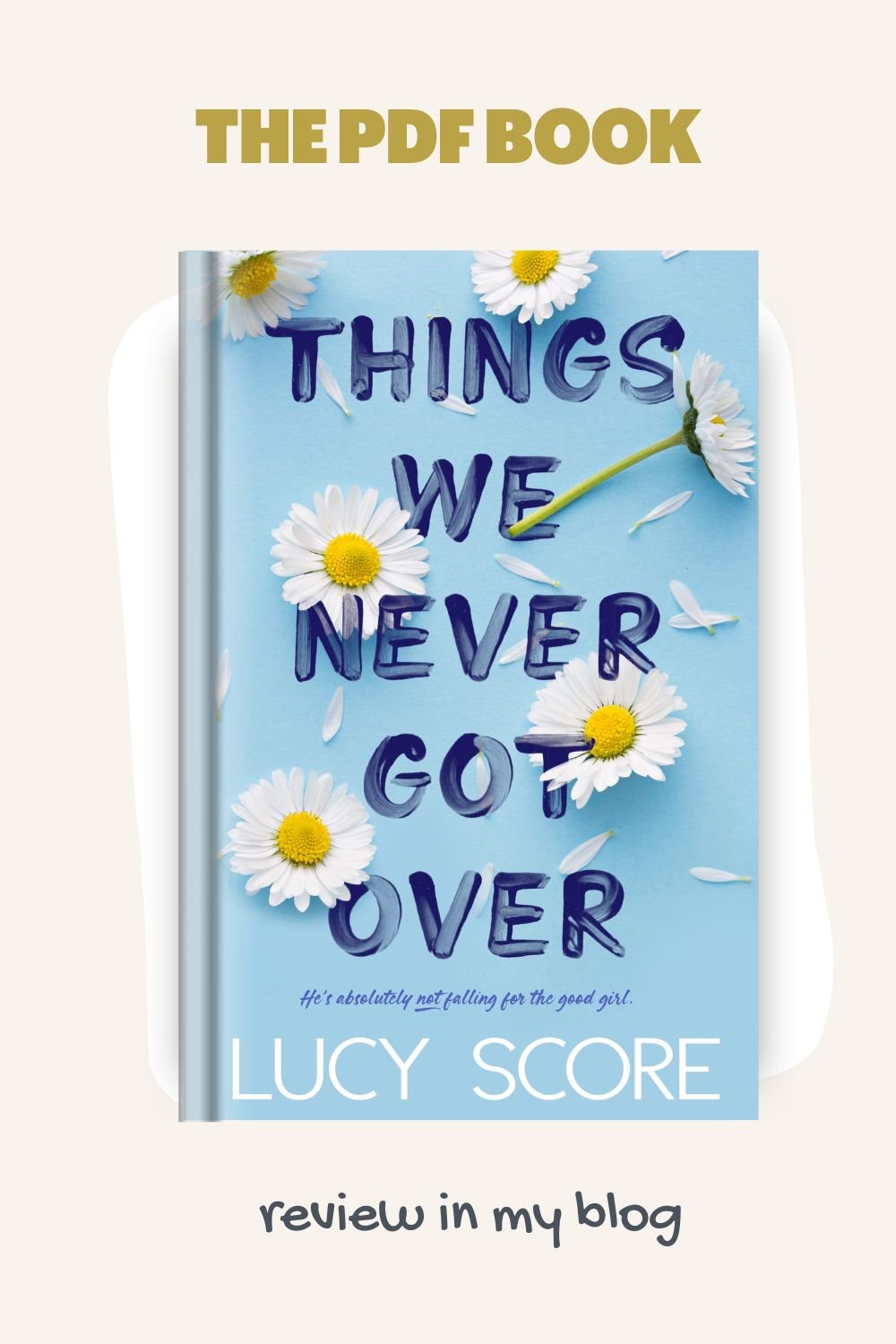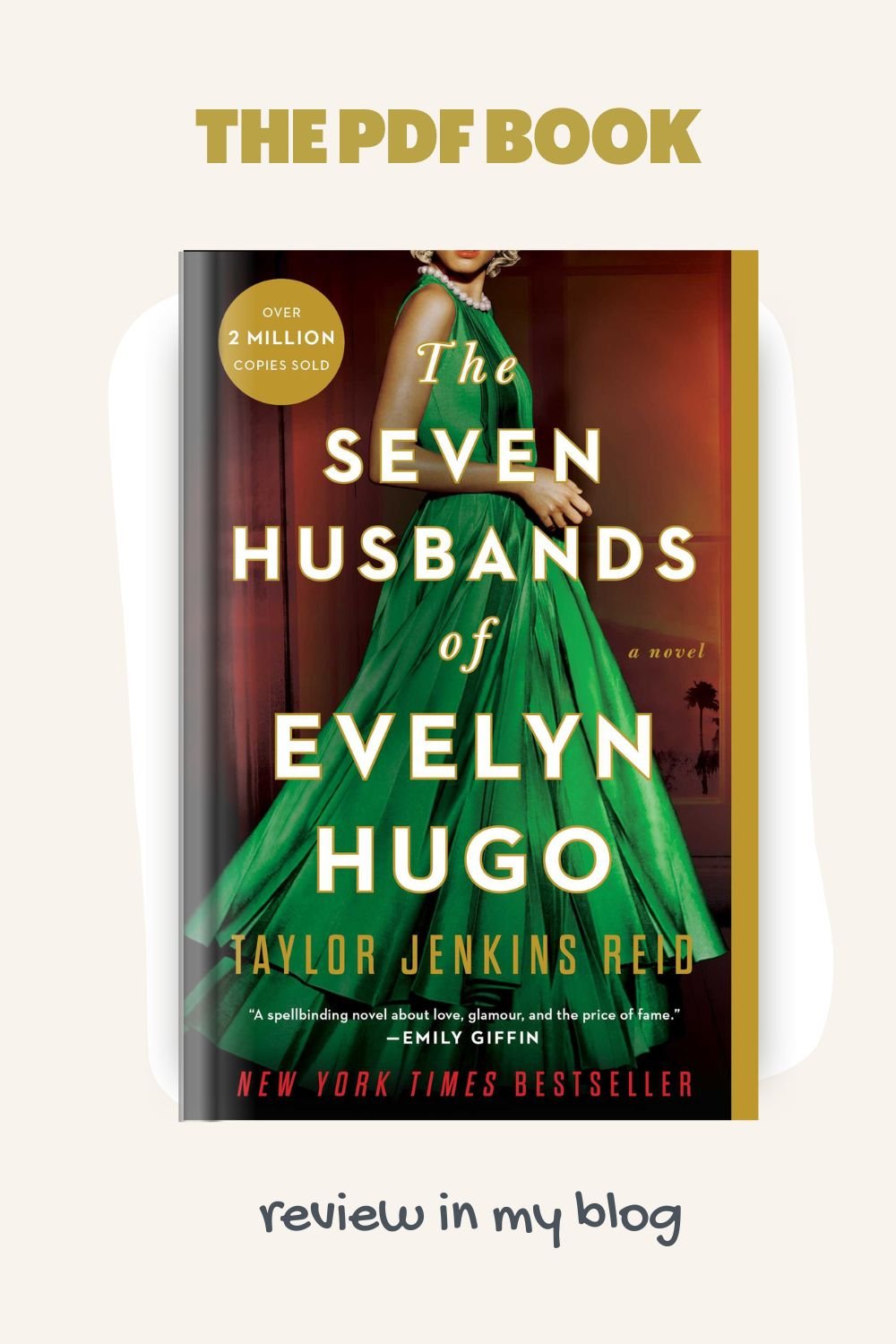The Blue Fairy Book

Introduction
The Blue Fairy Book is a landmark in kid’s literature. Compiled via Andrew Lang, it is the primary in a chain called the Colored Fairy Books. This series has had a long-lasting effect on how fairy memories are instructed and loved. Lang’s paintings delivered together stories from diverse cultures, making them on hand to children and adults alike.
Overview of the Blue Fairy Book
The Blue Fairy Book turned into first posted in 1889. It’s the inaugural quantity in Lang’s Colored Fairy Books collection, which might subsequently include twelve books. Each ebook in the series is related to a special shade. The Blue Fairy Book consists of 37 memories, inclusive of well-known fairy testimonies like “Cinderella” and “Sleeping Beauty.”
The Significance of the Color Blue
Why blue? The desire of the color blue wasn’t random. Blue regularly symbolizes information, balance, and depth—features inherent in many of these memories. In the context of folktales, blue can also represent the ethereal and the mystical. Compared to the opposite hues in Lang’s series, blue sets a tone of calm and imaginative storytelling that appeals to readers.
Notable Stories and Characters
The Blue Fairy Book is full of traditional tales that have become family names. Stories like “C” and “The Princess and the Pea” introduce us to memorable characters who face demanding situations, make alternatives, and achieve their dreams.
Key characters:
Cinderella: A young woman mistreated through her stepmother and stepsisters who finds her manner to happiness with a little magical assist.
The Princess and the Pea: A princess whose sensitivity to a tiny pea famous her genuine nobility.
Little Red Riding Hood: A girl who encounters a cunning wolf on her manner to go to her grandmother.
Analysis of Select Tales
Two standout testimonies on this series are “The Princess and the Pea” and “C.” Both memories provide greater than just enjoyment; they offer ethical training and cultural insights.
The Princess and the Pea
In “The Princess and the Pea,” a prince is looking for a real princess to marry. A female shows up at the citadel claiming to be a princess however is tested by way of the queen. She locations a pea beneath twenty mattresses and twenty feather beds. Only a real princess might be sensitive enough to sense the pea. This story highlights subject matters of authenticity and sensitivity. It’s a tale that reminds us that proper nobility is not visible in the beginning glance.
Cinderella
“Cinderella” is perhaps one of the most well-known fairy tales ever. C, a young lady mistreated with the aid of her family, goals of a higher life. Her fairy godmother helps her attend the royal ball in which she meets the prince. The tale teaches that kindness and perseverance can result in better matters. It’s a narrative that has been tailored into endless movies and books, whenever reinforcing its center message of wish and transformation.
Impact on Literature and Culture
The Blue Fairy Book has a long way-reaching effects on literature, in particular children’s literature. It introduced collectively memories from unique cultures, creating a various tapestry of tales. This series set a precedent for compiling fairy stories, influencing how books, films, and other media shared these tales.
Legacy of Andrew Lang
Andrew Lang became extra than just a compiler of fairy stories. He become a student, poet, and critic. His paintings at the Colored Fairy Books has inspired many different authors and storytellers. Lang’s dedication to keeping and sharing these tales has ensured that they remain a part of our cultural cloth.
Conclusion
The Blue Fairy Book is more than only a collection of memories. It’s a pioneering paintings that has fashioned the way we experience fairy tales. Andrew Lang’s affect on literature is undeniable, and his legacy continues thru the stories we have come to like. Dive into the Blue Fairy Book and discover the richness of these undying stories.
FOR MORE BOOKS CLICK ME


